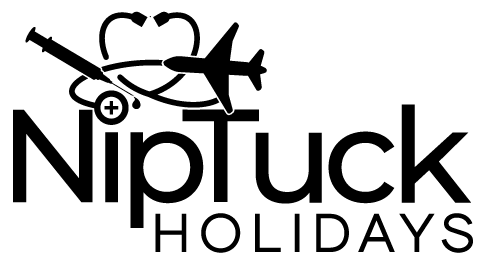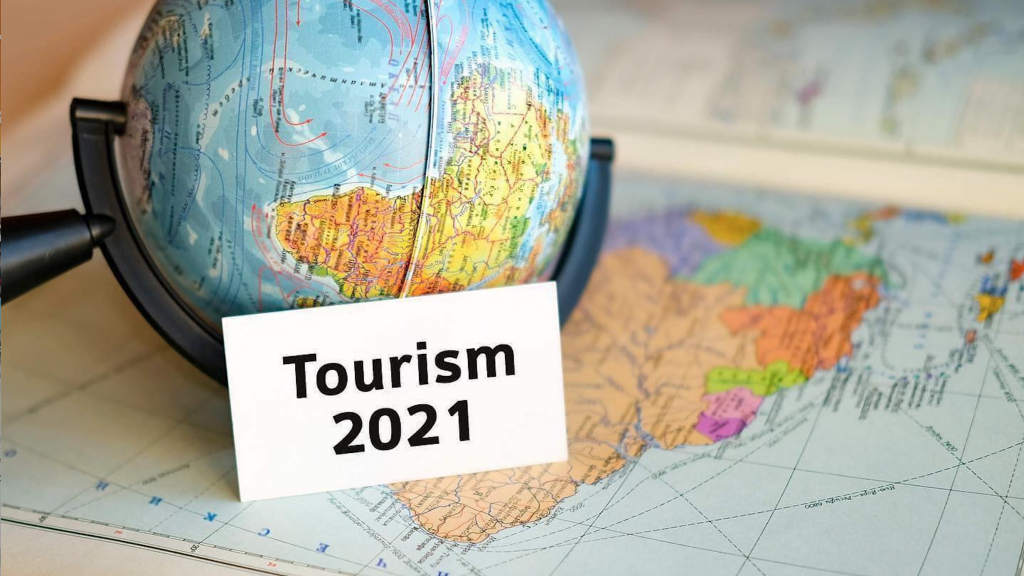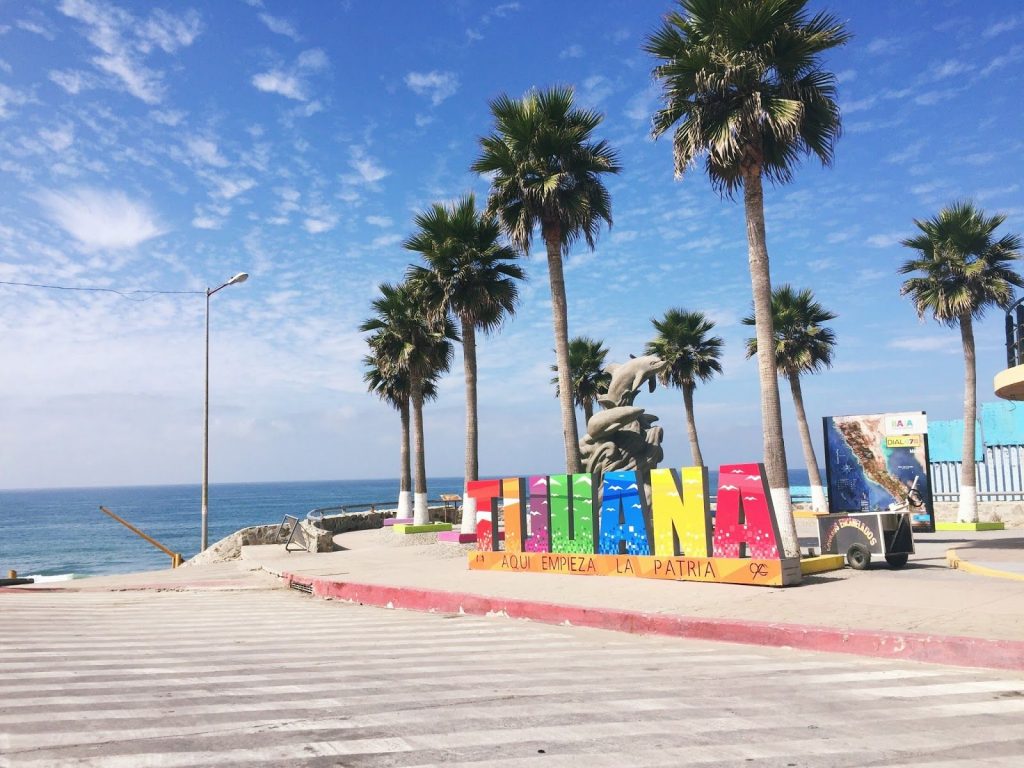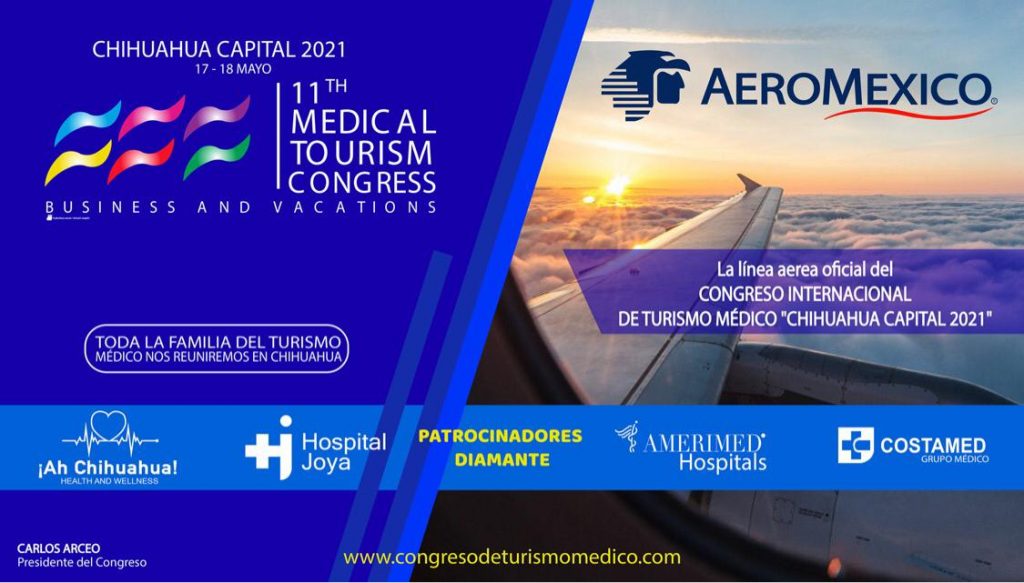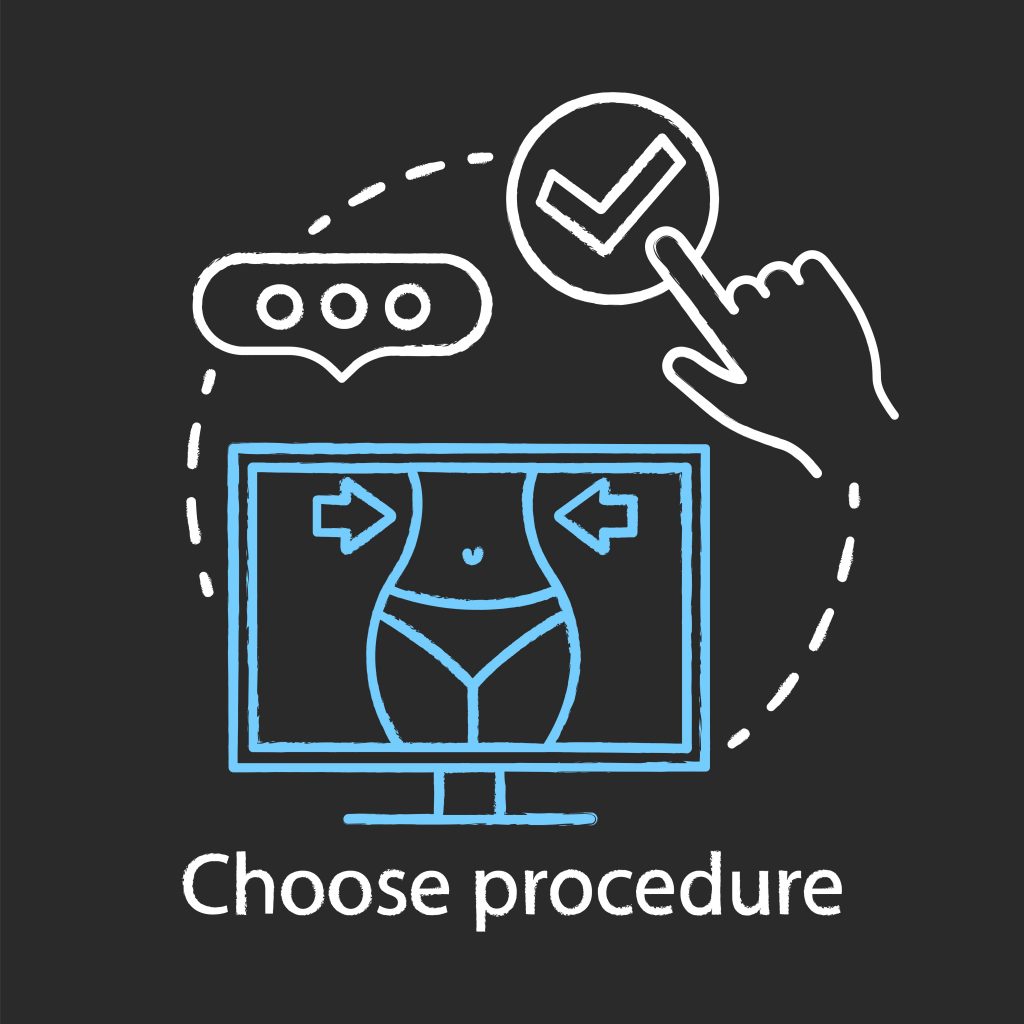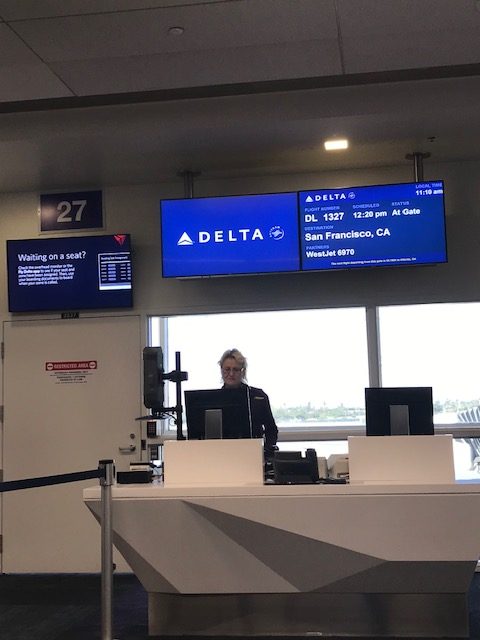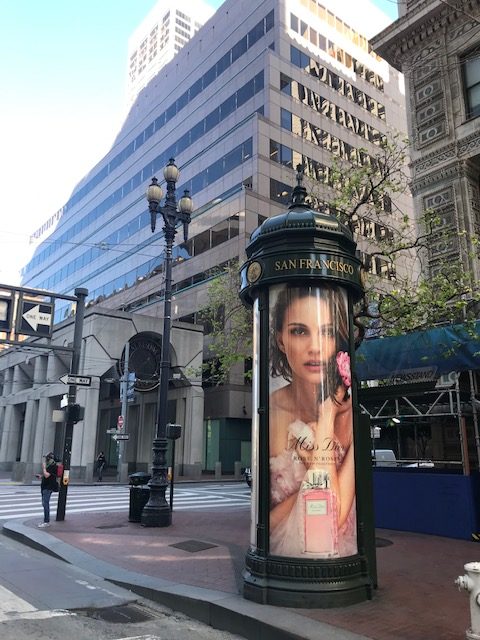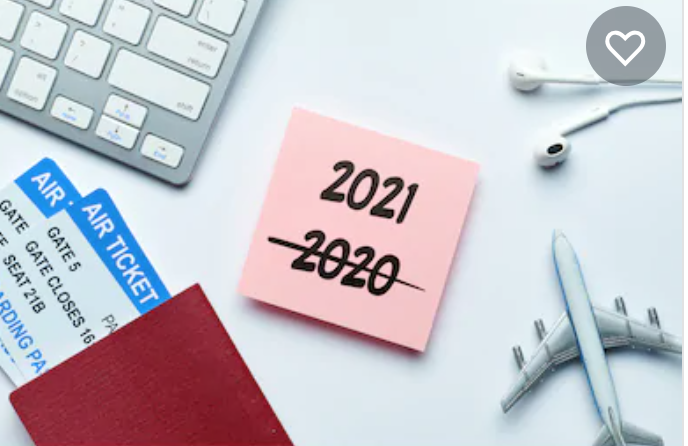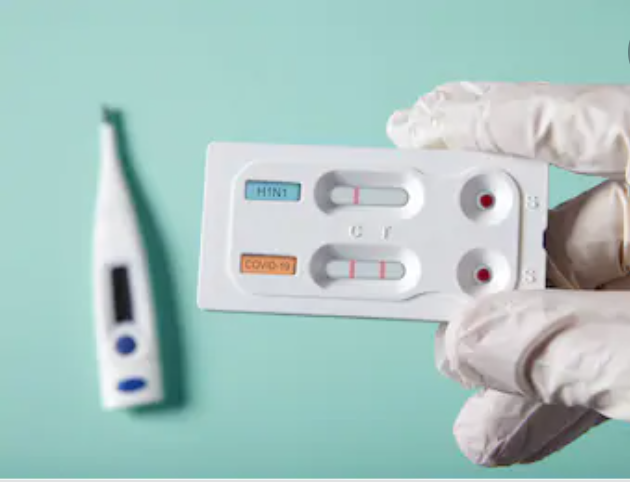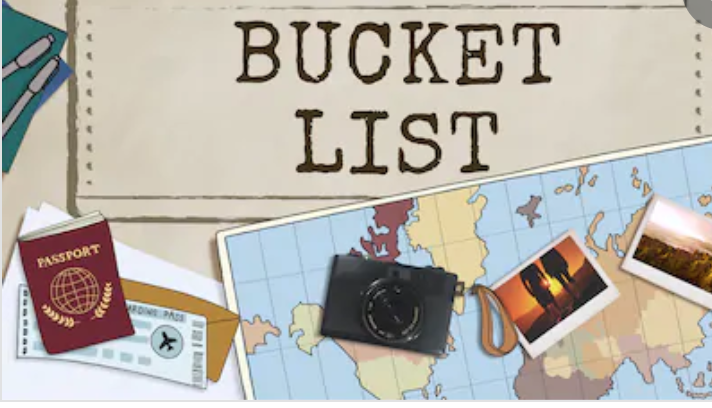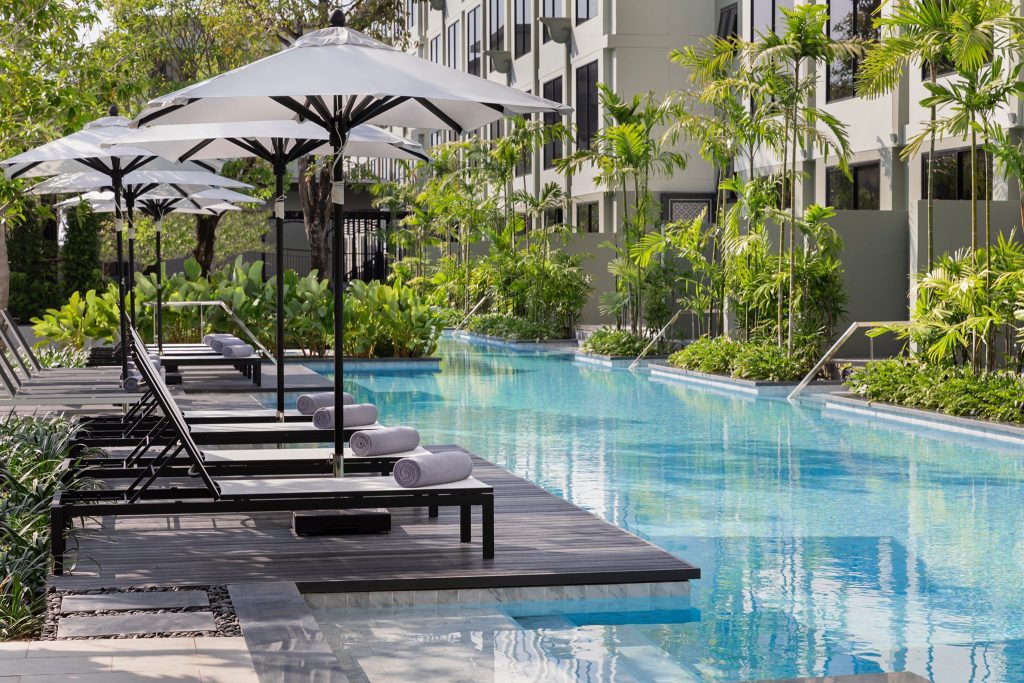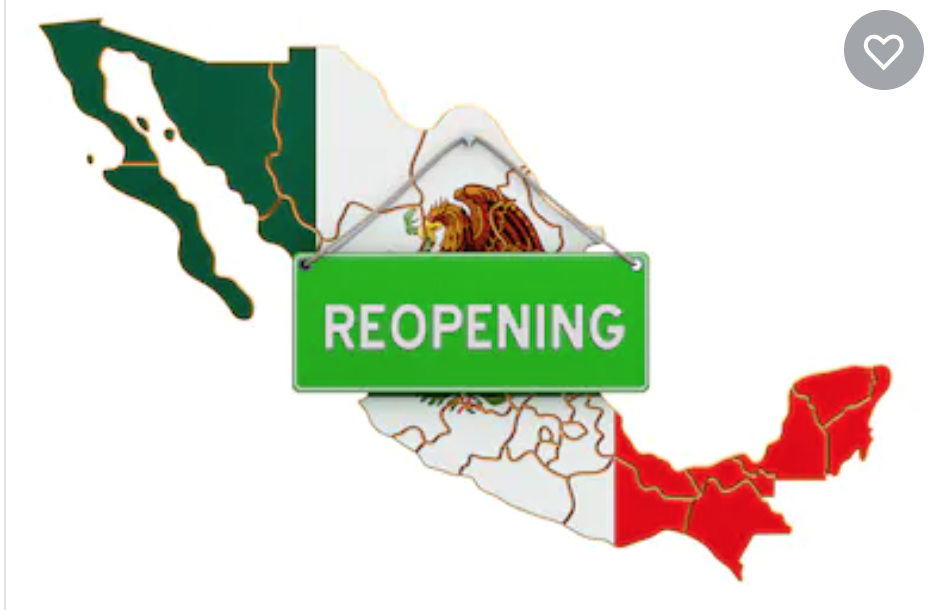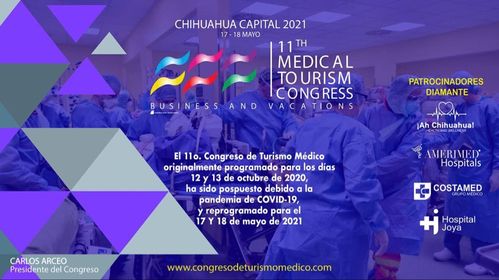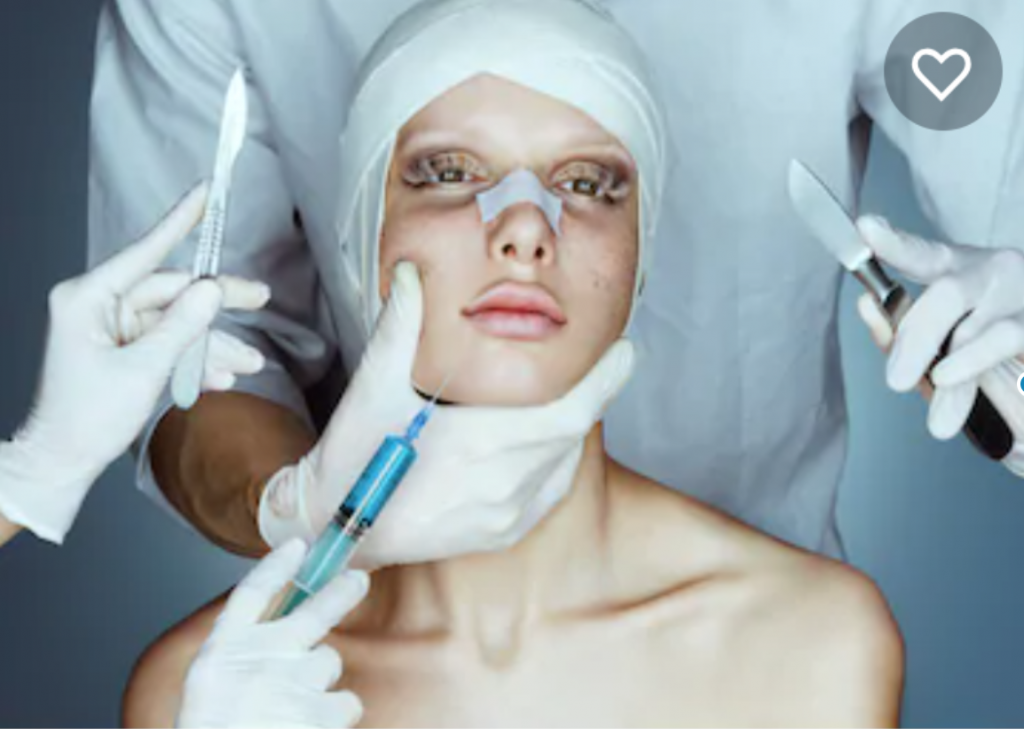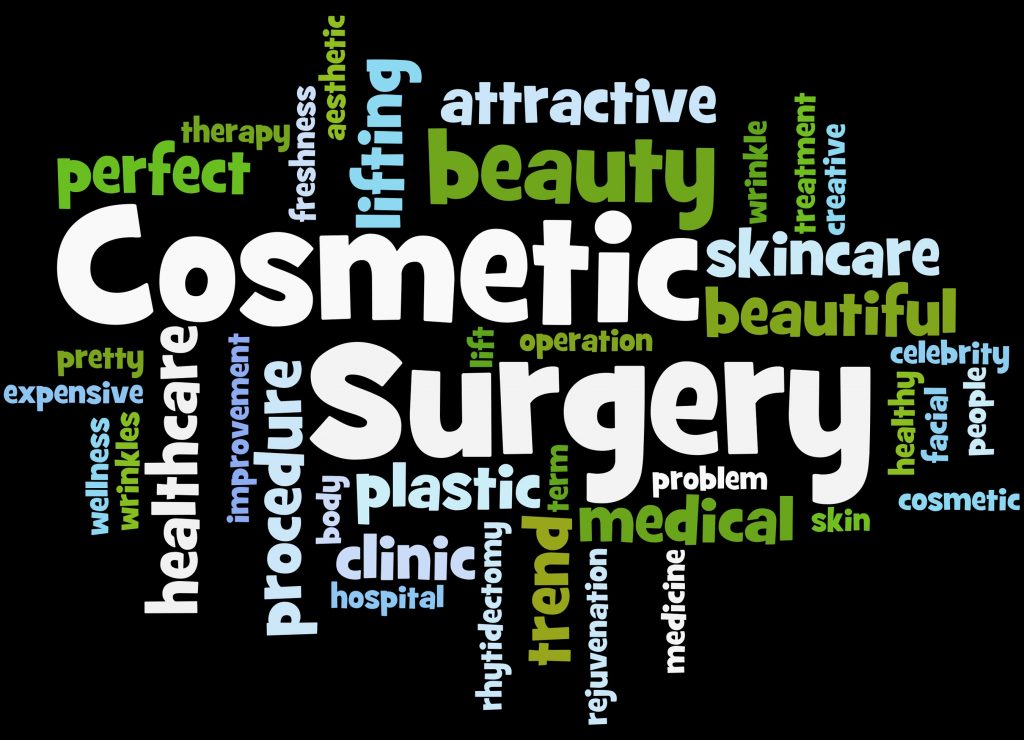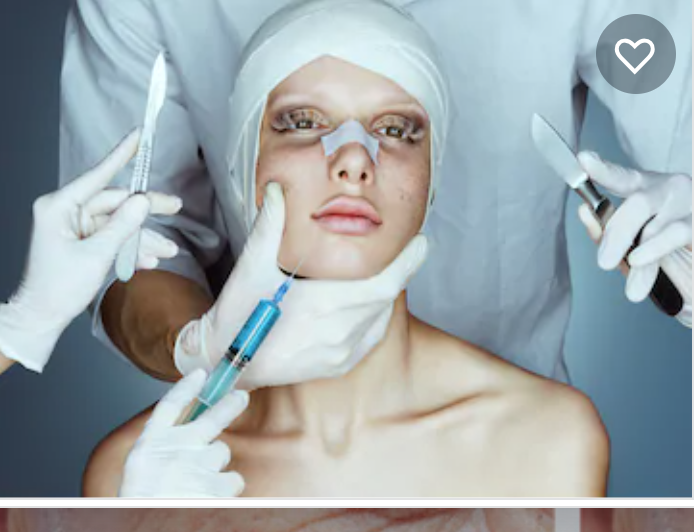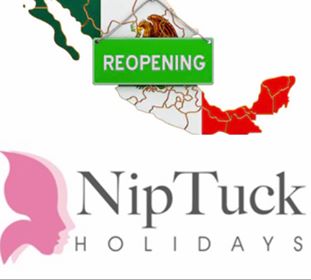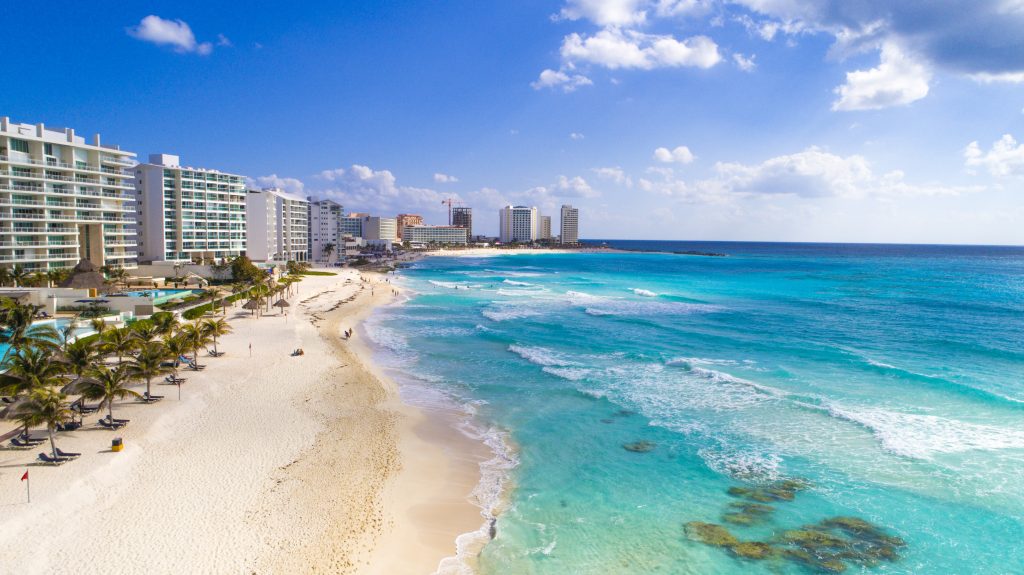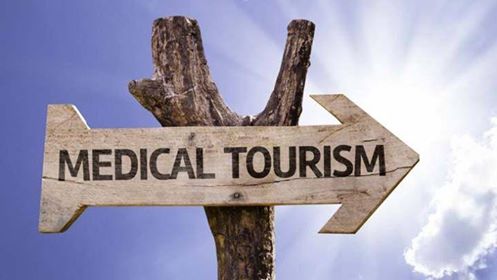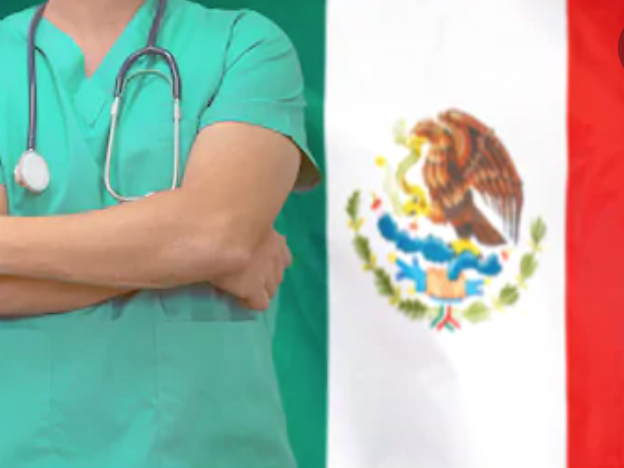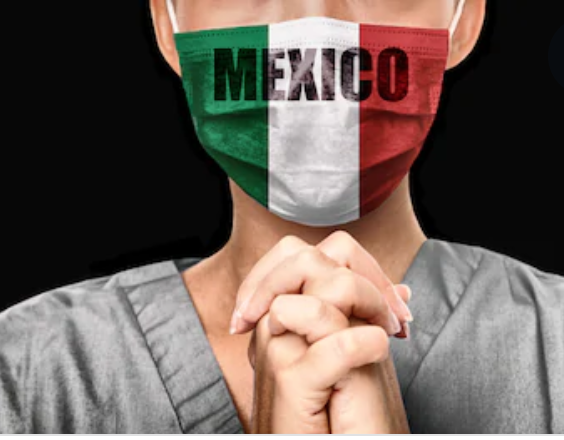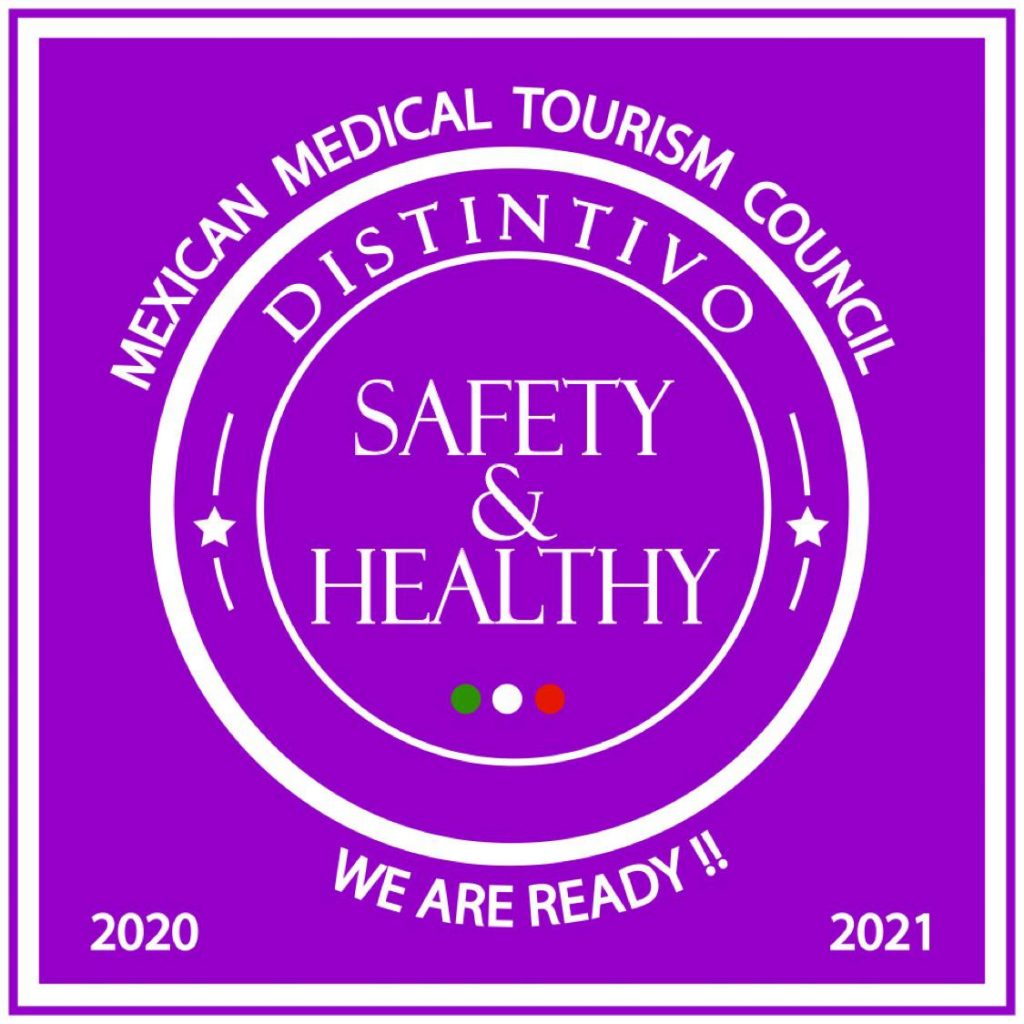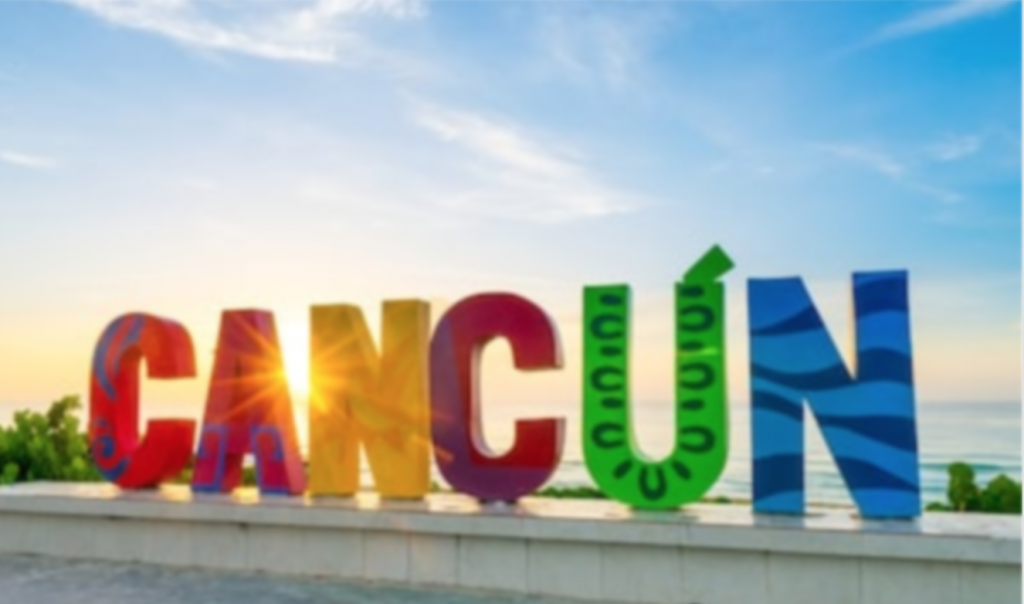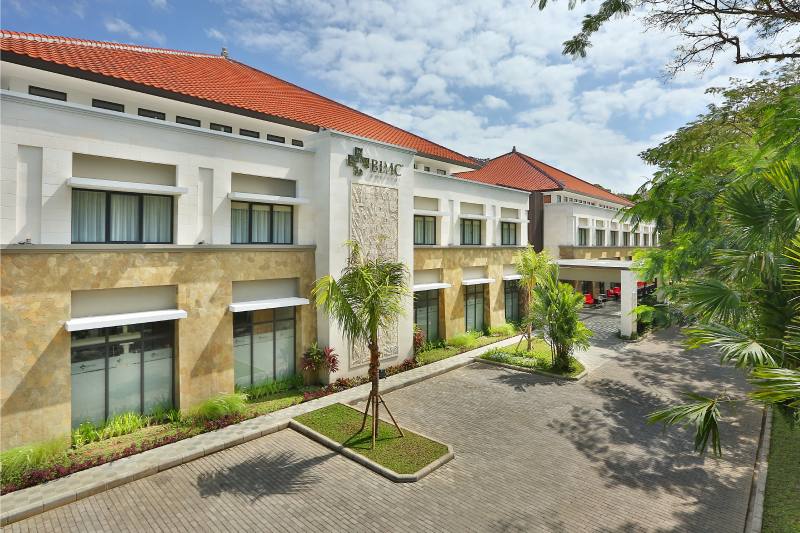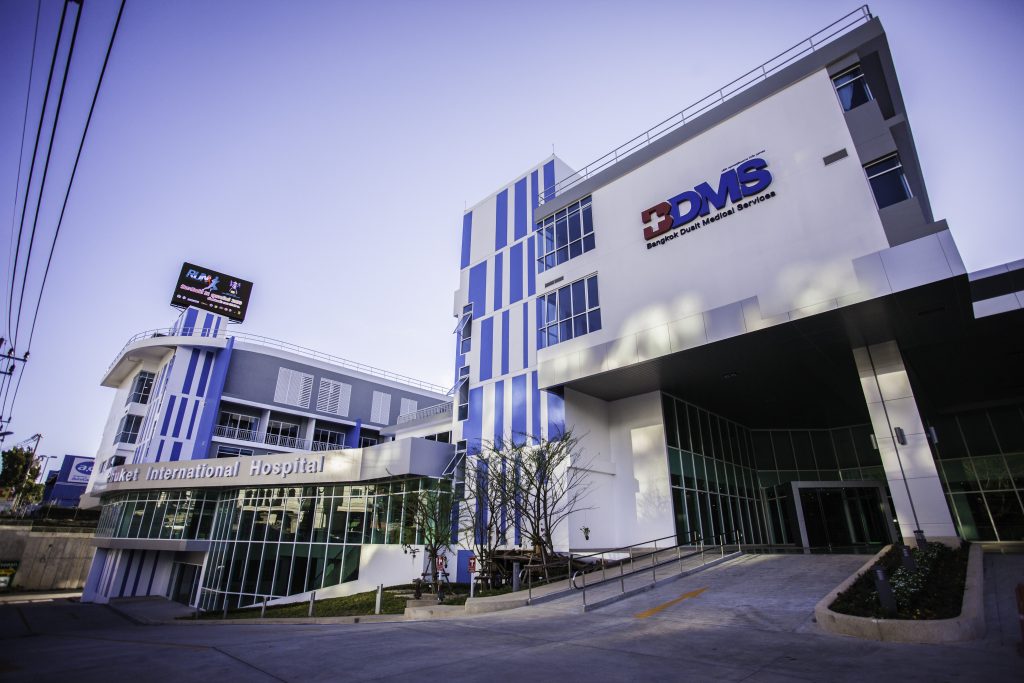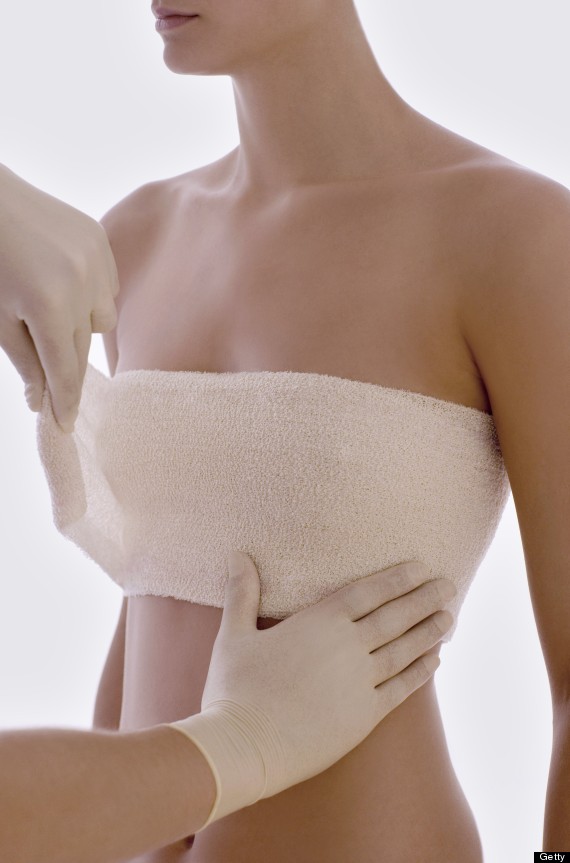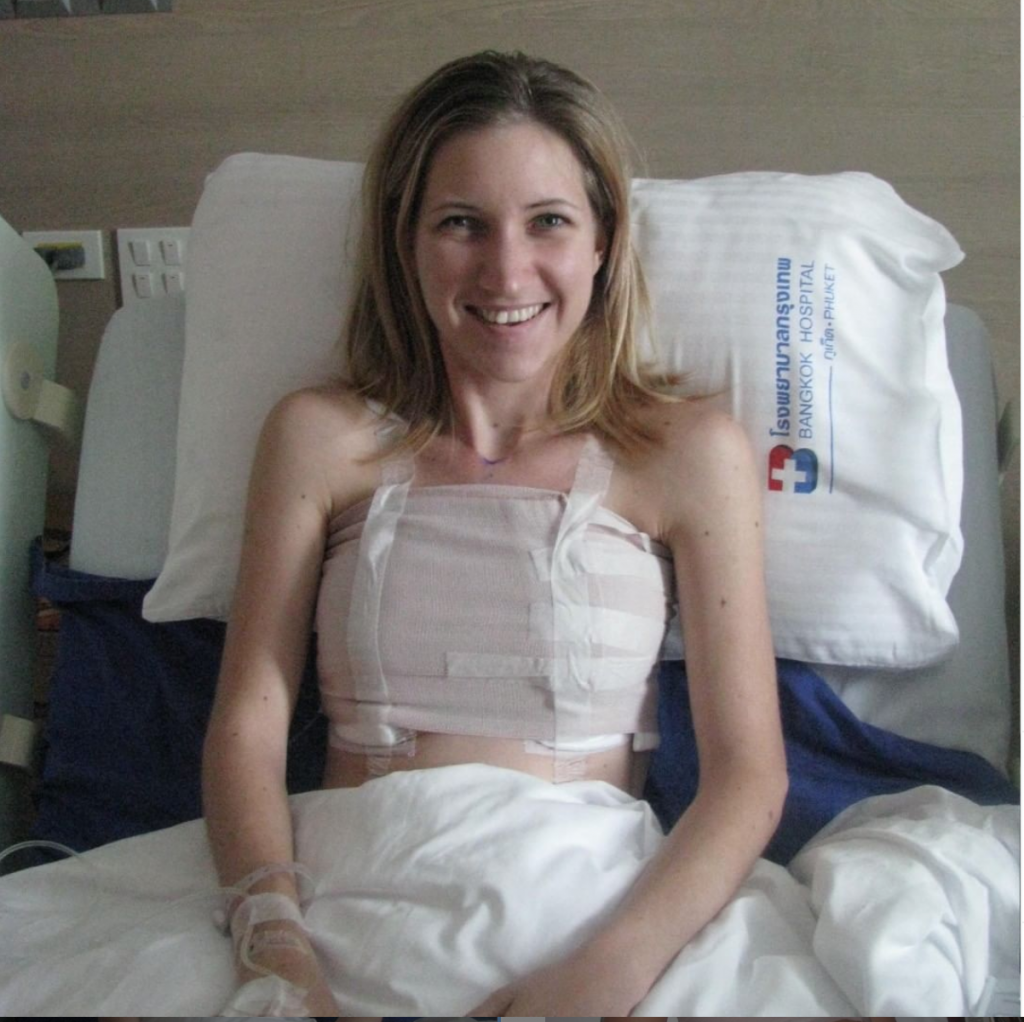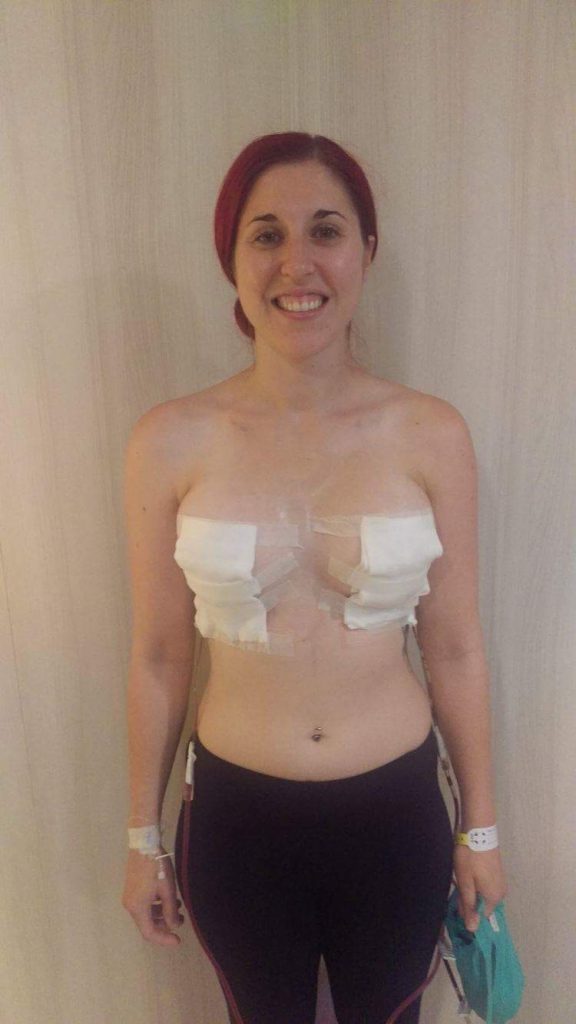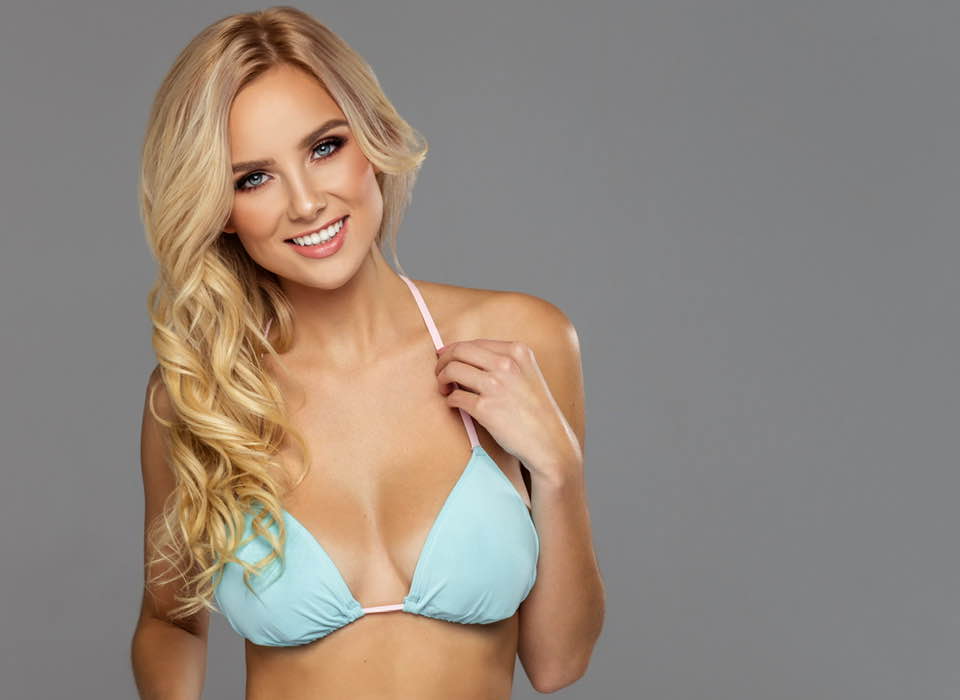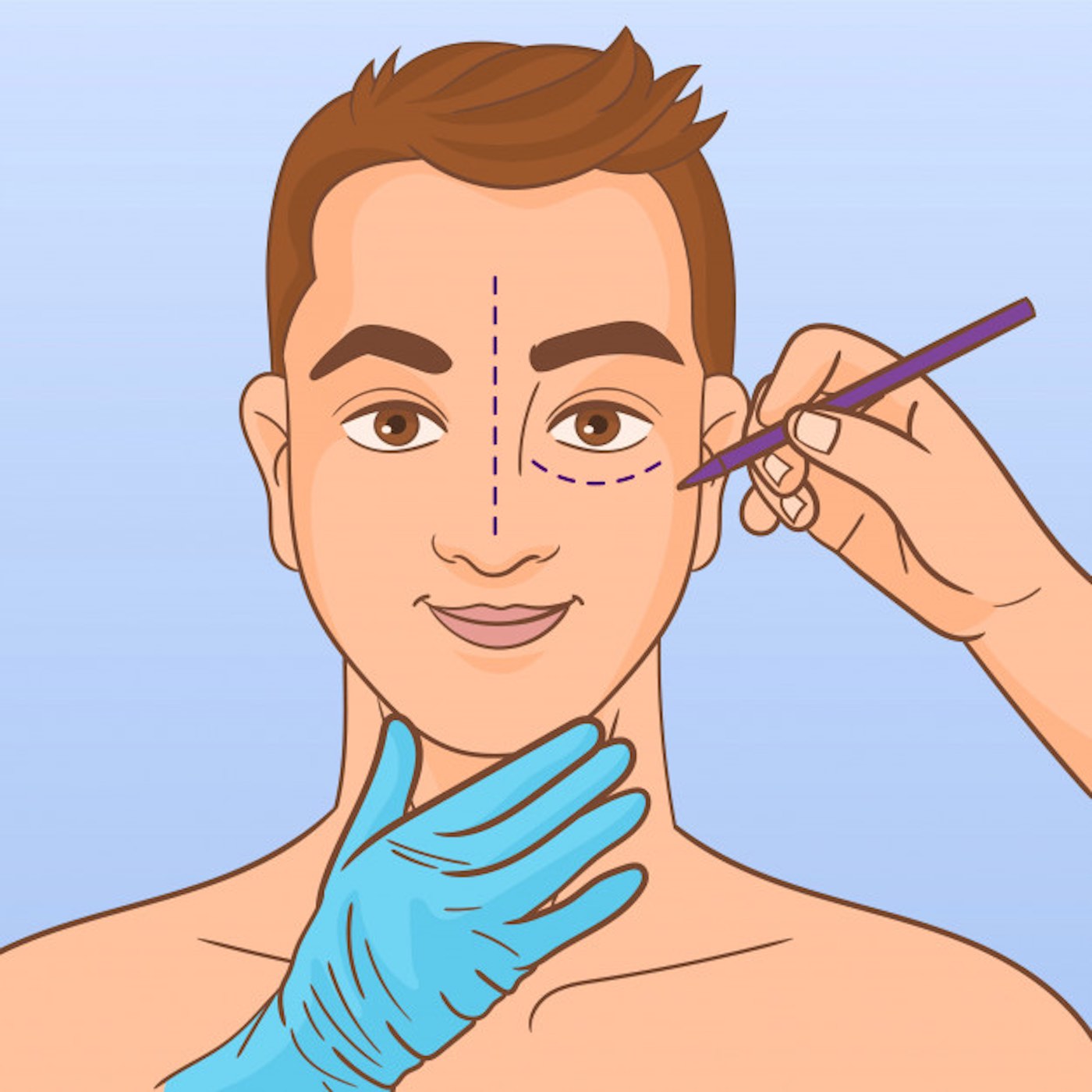✨Watch, wait, tweet✨🌏
✨✨✨The Medical Tourism Industry in 2021 and Beyond✨✨✨
We had big plans for its medical tourism industry in 2020—only for the pandemic to hit. This sector was full of worldwide expansion and promise that is now full of uncertainly….. for now.
For us, 2020 started off well with Managing Director Claire Licciardo re-launching her new business name and website “Nip Tuck Holidays” branding. Bali has already staked its claim as a luxury holiday destination famous for five-star signature luxury resorts, decadent health spa treatments and an approach to healthcare.
The Indonesian island couldn’t have picked a better time to get into the game with Thailand’s rise on the medical tourism scene over the last decade, Bali wants a slice of the action and has a lot to offer!

We started with aoff flying to the US in negotiation witn expansion into the new markets of Earlier this year, Lee Kim Siea, a plastic and reconstructive surgeon, had been due to travel to Indonesia with the Malaysian government.
He had been invited to appear at an annual showcase of Malaysia’s healthcare facilities. It was an opportunity to build on the 30% of patients at his private clinic in the state of Penang who travel there from overseas—a proportion that has been increasing steadily for the last 15 years, he says. A “sizeable following” come from Indonesia, and others fly in from the Middle East, Europe, and Australia.
The event in Indonesia was organised by Malaysia Healthcare Travel Council (MHTC), the Malaysian government’s medical tourism arm, in what was expected to be a record breaking year for international healthcare travel. In 2019, each week had brought news of an addition to Malaysia’s growing list of private hospitals.

By the start of 2020, 15 000 beds were ready for the anticipated influx of international patients. The Malaysian government predicted that two million international visitors—an expected 33% rise on 2019—would arrive for medical treatment as part of its well promoted Year of Healthcare Travel.
But in March all that came to a halt, when the Malaysian government instigated a lockdown to curb the growing number of covid-19 infections.
For hospitals that meant all but essential healthcare was prohibited. With international borders closing all over the world, it was a hammer blow to Malaysia’s medical tourism dream.
Across the world it’s a similar story. The medical tourism market, worth up to $87.5 billion (£70 billion, €77 billion) annually, is expected to shrink until 2021 as patients avoid unnecessary travel. At Bumrungrad International Hospital in Thailand, where half of patients come from overseas, experts are predicting a 28% drop in revenues by the end of 2020.
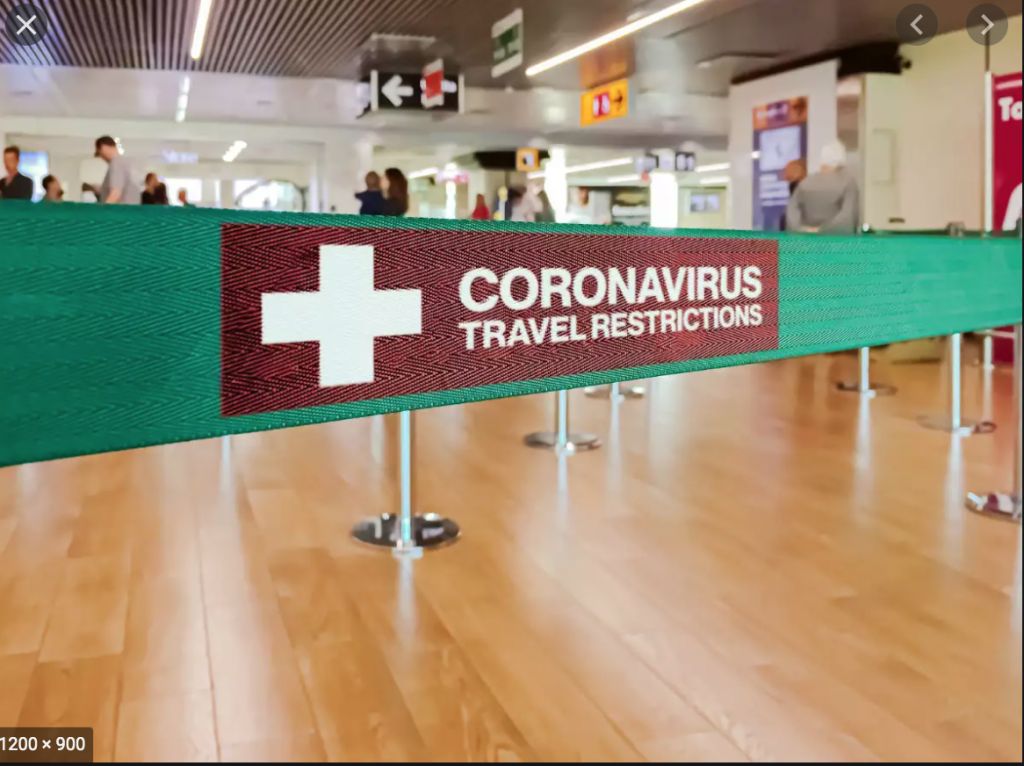
But Malaysia hopes that strong government support for the private healthcare industry, coupled with its swift and strict response to the pandemic, could pave the way for a far quicker recovery in Malaysia than elsewhere.
Government backing
Between 2011 and 2018 the number of international tourists travelling to Malaysia for medical treatment doubled from 643 000 to 1.2 million, with visitors arriving from China, the UK, and the US.
Central to this growth has been a model of public-private partnership rarely seen in medical tourism. Noting the growth of the sector in nearby Thailand and Singapore, the Malaysian government launched targeted tax allowances and incentives for private healthcare that fuelled 10 billion ringgit (£1.9 billion, €2.10 billion) of private investment in the sector from 2011 to 2018.
The MHTC has also aggressively marketed the country’s facilities overseas. It has forged agreements to designate Malaysia as a healthcare destination of choice with the governments of Kazakhstan, Libya, and Oman, among others.
The team at Prince Court Medical Centre in Kuala Lumpur, where 30% of patients are from overseas, has received patients for open heart surgery from Brunei as a direct result of government level discussions, says commercial director Vincent Wan. The MHTC has become the “backbone” of the private healthcare industry, he says. “They’ve put Malaysia on the world map, which is in contrast to most countries where private hospitals must market the sector on their own.”
Government backing has been instrumental in shaping the style of medical tourism for which Malaysia is becoming known, says Shujaat Ali, the founder of online platform Medical Travel Market. “They refer to it as the ‘whole medical tourism experience,’ which not many countries have invested in, and which involves connecting airlines and hotels with hospitals to create a complete package.” In 2018, for example, the MHTC reached an agreement with airline Air Asia to promote one another as the preferred destination and carrier for medical tourism.
Safety and affordability
The most common treatments for which patients come to Malaysia are in orthopaedics, cardiology, IVF, neurology, and oncology, according to the MHTC, and affordable cosmetic surgery is a further draw. For patients whose home countries have less well developed healthcare systems, such as Indonesia, Malaysia offers quality and safety, but at a lower cost than nearby alternatives. Procedures in Malaysia cost up to 40% less than their equivalent in Singapore, for example.
In a 2019 paper looking at the motivations among Indonesians travelling to Malaysia for treatment, patients cited misdiagnosis and poor safety standards from their domestic providers, as well as slower, less efficient service.8 One patient claimed to have been given a “50/50 chance to live” in Indonesia after a diagnosis of hepatitis, before recovering fully following treatment in Penang.
Malaysia has worked to leverage this appeal. In 2019 revenues from medical tourism accounted for 7.9% of total tourist revenues in the country, according to authorities, worth 1.5 billion Malaysian ringgit (£350 million, €388 million). From a standing start that now puts it close on the heels of neighbouring Thailand, the long established market leader in the region, which has revenues of around £480 million from medical tourists.9
Although the US remains the largest international market for medical tourists, accounting for around 36% of total spend, countries across the Asia Pacific region have recorded the fastest growth, at a predicted growth rate of 15.5% between 2017 and 2023.10
Treatment in Asia is up to 90% cheaper than private healthcare in the US. According to the MHTC, a coronary artery bypass graft that would cost $92 000 in the US, costs less than $10 000 in India, for example. Coupled with a steep reduction in the cost of long haul air travel, the region has successfully broadened the appeal of medical tourism beyond just the most affluent customers.
Uncertain future
But all that was before the pandemic. The uncertainty of covid-19, lockdowns, border restrictions, and social distancing has stalled international travel. The UN World Tourism Organisation estimates that the travel industry could decline by 60% to 80% by the end of 2020, calling it the “worst crisis that international tourism has faced since records began.”11 It says Asia and the Pacific have been the regions hardest hit, with a loss of 33 million tourists.
For Lee Kim Siea and for other private healthcare providers, the closure of borders has meant a precipitous drop in revenues. At one private hospital in Penang, revenues fell 66% in April and 55% in May as foreign patients dropped to zero and local patients postponed all but essential treatment.12
Yet Asia’s relative success in containing the virus means it could recover faster than other regions. “Countries in southeast Asia that have kept the infection rates very low will definitely present themselves as covid-safe destinations,” says Gary Bowerman, an independent travel analyst specialising in Asia. “Success in suppressing the virus, and—very importantly—implementing and maintaining rigorous testing and tracing is already proving important in tourism promotion and decision making.”
Malaysia has already proven itself strong on this front, recording around 8500 cases and 121 deaths at the time of writing, despite fears of a far greater wave of infections. It was one of the first countries to introduce a contact tracing app sanctioned by the government, with residents now required to check in using QR codes at any location away from home. All arrivals to the country will also be required to download and use these apps to enforce quarantine and track movement.13
Yet there remains considerable uncertainty about when international travel will resume, with many countries maintaining border closures or imposing quarantines of 14-21 days on visitors, even as they ease lockdown. One proposal is for countries that have contained or eliminated the virus to open up travel corridors between themselves, waiving quarantine measures for visitors from those countries. Malaysia is reportedly considering such an arrangement with Indonesia, which is by far its greatest source of medical tourists.
But with healthcare systems still fearing resurgences of covid-19, health authorities and staff may be nervous about re-opening to patients from overseas.
“We’ve had a push from existing patients that they’re eager to come back but we’re practising a very cautious approach,” says Stephanie Lee, chief operating officer at Penang’s Island Hospital, where around half of patients came from overseas before the pandemic. “We’re looking at our entire screening facility and protocol for patients, trying to get personal protective equipment available and also the most up-to-date covid screening tool in the market.”
In June the Malaysian government agreed to allow medical tourists to be among the first permitted back into the country, ahead of many expatriates and foreign workers.14 Still, Lee told The BMJ that the hospital will only be extending its services to existing patients, and only then where procedures are deemed sufficiently critical to warrant international travel.
Watch, wait, tweet
Kimberley Lim thinks her country’s handling of the pandemic will put its medical tourist sector in a good place once international travel resumes. “The government is already active continuously on social media looking to bring in patients from overseas,” she says.
Wan says Prince Court Medical Centre “is actively engaging with our business partners in different countries, as well as focusing on social networking online, such as holding Facebook Live events to remind international patients that we’re still here, to just hang on.”
Ultimately, the fate of medical tourism will be determined by actions outside the sector’s control. Bowerman says that how governments have managed healthcare and death rates “not only provides reassurance to travellers when selecting a destination in the post-pandemic era, but also demonstrates proven covid-related expertise, learnings, and capacities should there be tidal rises for infection rates once travel is phased back, and—more importantly—in the event of a more sustained second or third wave.”
For now, it’s still a hazy future for Lee Kim Siea. Rather than promoting his services at an international expo, he has spent the last three months combing through old international patient records, sending WhatsApp messages “to remind them we’re here,” and offering free video consultations. His business can only wait to see if it will survive in the new covid world.
